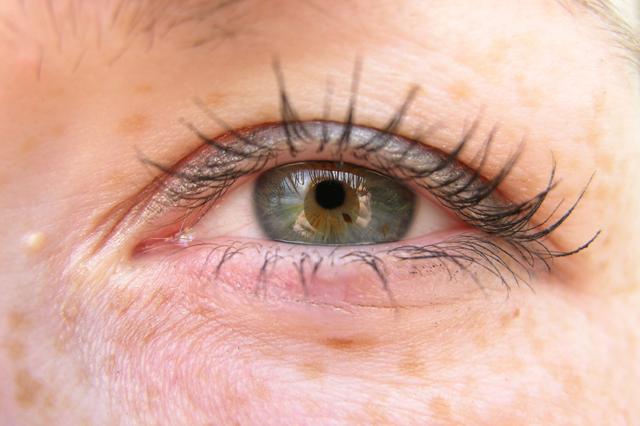| Complexity level: | 5 |
| Time required: | Additional time needed to recruit participants. |
| Safety concerns: |
Overview
This phenomenon where the difference in magnitude is distorted by the sequence in which they are experienced occurs in numerous ways in everyday life. Imagine that you are looking to buy a suit. Sales people know that you are less likely to purchase a tie if you do not buy a suit first. By purchasing the suit first, the tie will appear to be less of an expense. If you dip your hand in cold water, followed by dipping your hand in tepid water, the cold water will seem colder than if you first dip your hand in the tepid water first.
Scientific Terms
Materials
- Two books of significantly different weight
- A minimum of 20 participants
- A weighing scale
- Data sheet (provided).
Procedure
Preparing for experiment:
- Weigh both books and record their weight in the data sheet.
- Divide the participants into four groups: Groups A, B, C, and D.
Conducting experiment:
Note: Each participant within a group will be tested separately. No interactions between participants are necessary.
1. Group A:
Have participants hold the smaller book and estimate its weight. Next, have the participant do the same with the larger book. Record the participants' responses in the data sheet.
2. Group B:
Have participants hold the larger book and estimate its weight. Have the participant do the same with the smaller book. Record the participants' responses in the data sheet.
3. Group C:
Have participants estimate the weight of the smaller book only. Record the participants' responses in the data sheet.
4. Group D:
Have participants estimate of the weight of the larger book only. Record the participants' responses in the data sheet.
5. When you have collected data from all of the groups, determine the average estimation of each group by determining the sum of the estimates for each book and dividing that by the number of participants. For example:
If group A's estimates for the weight of the smaller book totaled 80 ounces and there were 10 participants, the average estimate for the smaller book's weight would be 8 ounces:
(80/8=10).
6. Repeat this procedure for the larger book.
7. Enter the average estimates for the weight of the books for each group in the data sheet.
8. Take the averages estimated weights of all groups and compare them to the actual weights.
- Which group was closest to estimating the actual weight of the smaller book?
- Which group was closest to estimating the weight of the larger book?
- Which group was the least accurate to estimating the actual weight of the smaller book?
- Which group was least accurate to estimating the weight of the larger book?
|
Group A Smaller book |
Group A Larger book |
Group B Larger book |
Group B Smaller book |
Group C Smaller book |
Group D Larger book |
|
Sum: |
Sum: |
Sum: |
Sum: |
Sum: |
Sum: |
|
Average: |
Average: |
Average: |
Average: |
Average: |
Average: |

